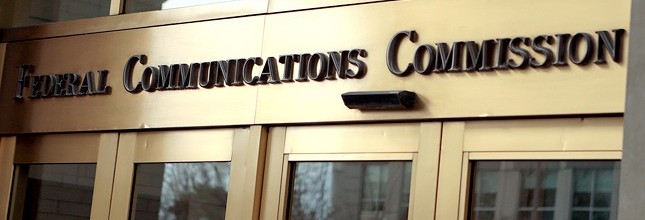2018 Broadband Deployment Report
After flirting with some major restructuring in the way broadband progress is assessed in the US, Chairman Pai has released a fact sheet that maintains the analytical status quo with one significant exception.
The FCC will continue to measure progress toward the 25 Mbps down/3 Mbps up standard created by the Wheeler FCC. It will also continue to assess fixed and mobile networks separately, but it will chart their progress toward a common speed/capacity goal.
Most importantly, it will judge the rate of progress we’re making as a nation in meeting the goals for everyone. That means it won’t automatically judge anything less than 100% as failure as the Wheeler FCC did.
The Public Relations Value of High Goals
Section 706 of the Communication Act gives the FCC greater powers when the nation is failing to make reasonable progress toward universal deployment than it would have otherwise. Hence, the agency has a conflict of interest in defining the nation’s status.
It was disingenuous of the Wheeler FCC to raise the bar for broadband from 10/1 to 25/3. That action allowed it to declare a policy failure that was instrumental to its argument that broadband needed to regulated under Title II.
It was also widely applauded by the pressure groups who agitate for government-financed and -operated broadband networks. You have to look no further than the recent Berkman Center report on municipal networks to see how that logic goes.
Commercial Networks are More Dynamic
That report discovered a small price difference between commercial and government networks that it could link to greater adoption since price is a factor in non-adoption. The difference is fairly small – $10/month with some creative math about equipment rental fees and one-time charges – and it’s clouded by the fact that the lower priced networks are slower regardless of who supplies them.
But setting the bar for broadband higher than it should be has pubic relations value. Unfortunately, correcting Wheeler’s exercise would produce needless controversy. The nation is progressing toward the new goal rapidly in any case.
Keeping the same standard in place is good for long term analysis of broadband progress. Ultimately, friends of the more dynamic commercial networks will be able to show Pai’s Title II roll-back contributing to the deployment of faster networks in more places.
Complaining
Because Pai has decided to keep the 25/3 standard and to evaluate fixed and mobile networks separately, his critics don’t have much to complain about. So they seized on the “are we there yet?” evaluation that the chairman adopted.
The law is reasonably clear on the point that Congress wants to be apprised of progress and not just of final victory. Before we reach universal deployment of 25/3 (which we almost have), the bar should be raised again, probably to 50/20.
At that point, we should be well into the 5G rollout, there should be much more FTTH, and DOCSIS will be a 1 Gbps symmetrical system. Urban networks will be far ahead of the FCC’s goal because they already are. Rural is where it matters.
Let’s Fact-Check Twitter
So critics among the pressure groups, their mouthpieces, and the FCC minority attacked Chairman Pai for somehow leaving people behind. Commissioners Rosenworcel and Clyburn made common claims:
By the @FCC’s own admission, 24M+ Americans are still living w/o high-speed #broadband. So how can this agency now claim that #broadband is being deployed to all Americans in a reasonable & timely fashion? #digitaldivide
My complete statement below: pic.twitter.com/S7kZMd48pZ
— Mignon Clyburn (@MClyburnFCC) January 18, 2018
Glad @FCC dropped crazy idea to lower the national broadband speed standard. We don't fix problems by lowering standards. But it defies logic that at the same time the agency concludes all broadband deployment is "reasonable & timely" when 24 million Americans lack access today.
— Jessica Rosenworcel (@JRosenworcel) January 18, 2018
These claims are false. The FCC’s June 2016 data showed the number of unserved was down to 15 million and it has certainly fallen since then; see paragraph 124 of the December 2017 RIF order:
The advocates are ignoring fixed wireless options and claiming fixed wired is the only real broadband.
Recalibrating the Standard
Before the broadband benchmark is adjusted again, the FCC really does need to lay out a methodology for coming up with the numbers. It appears than the 25/3 standard was driven solely by the desire of Netflix to stream 4K video everywhere.
That’s pretty much a bust because very few people – if any – can detect a difference between Full HD, 2K, and 4K video. In my experience, the picture quality of Hinterland in 1080p is as good as Netflix gets. Check it out for yourself and comment to agree/disagree.
The calibration is fairly simple: inventory the major apps, calculate their requirements, add a fudge factor to allow for delivery glitches and you’re good to go. If we did that today, the guideline would probably be 18 Mbps, so 25 is just a rounding error.
In any case, it’s good to have this issue off the table so we can focus on rural and 5G.




